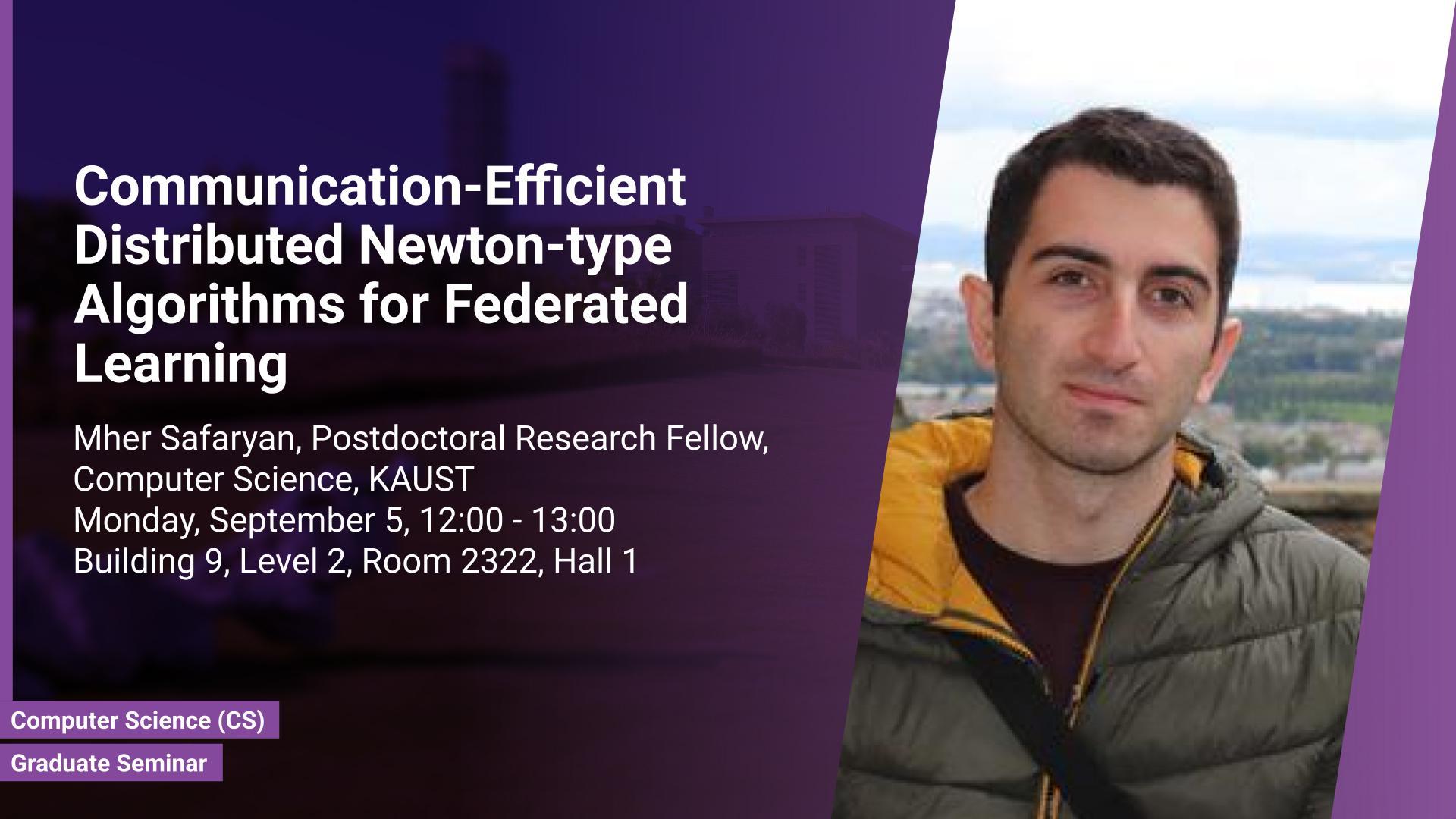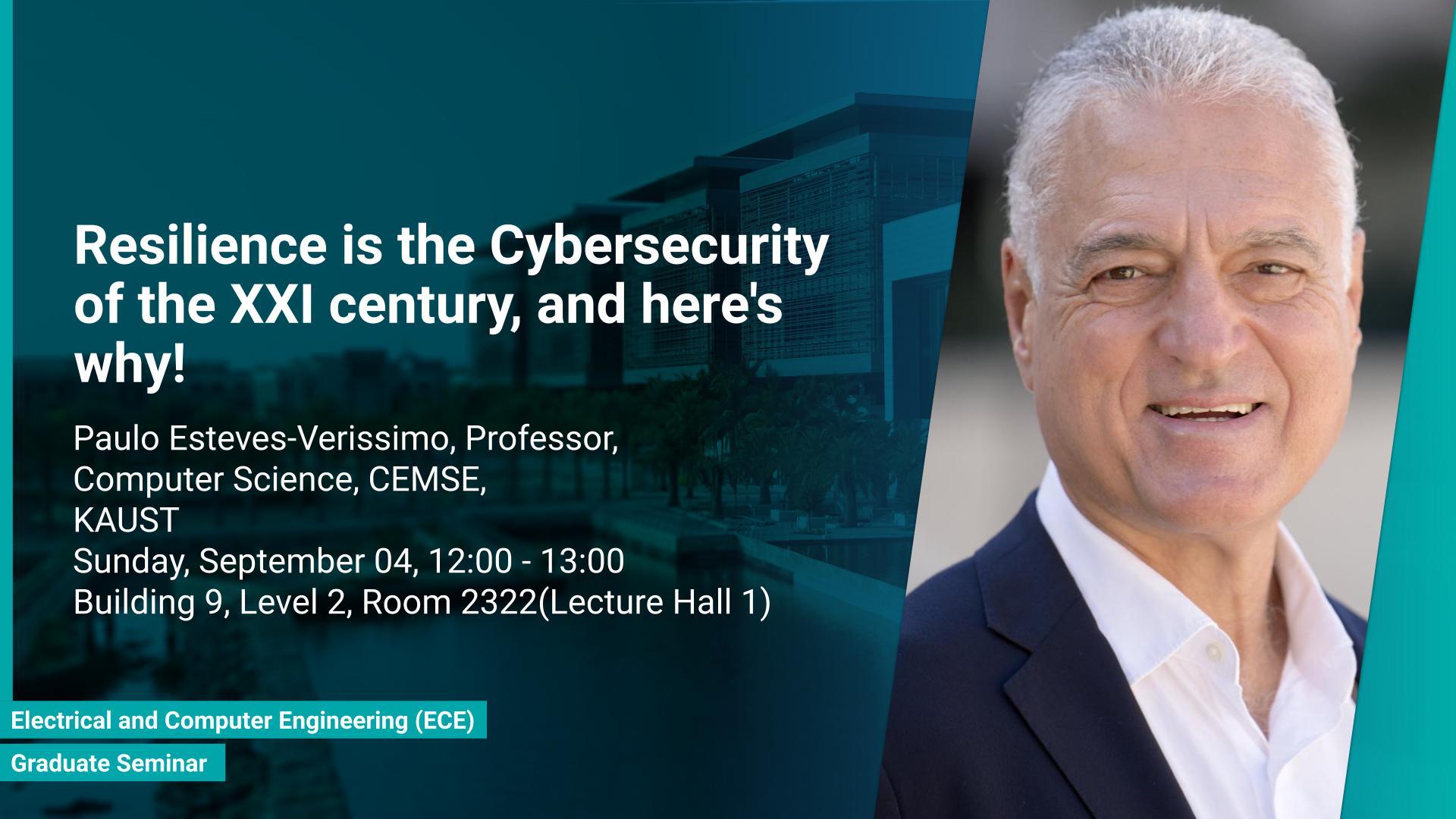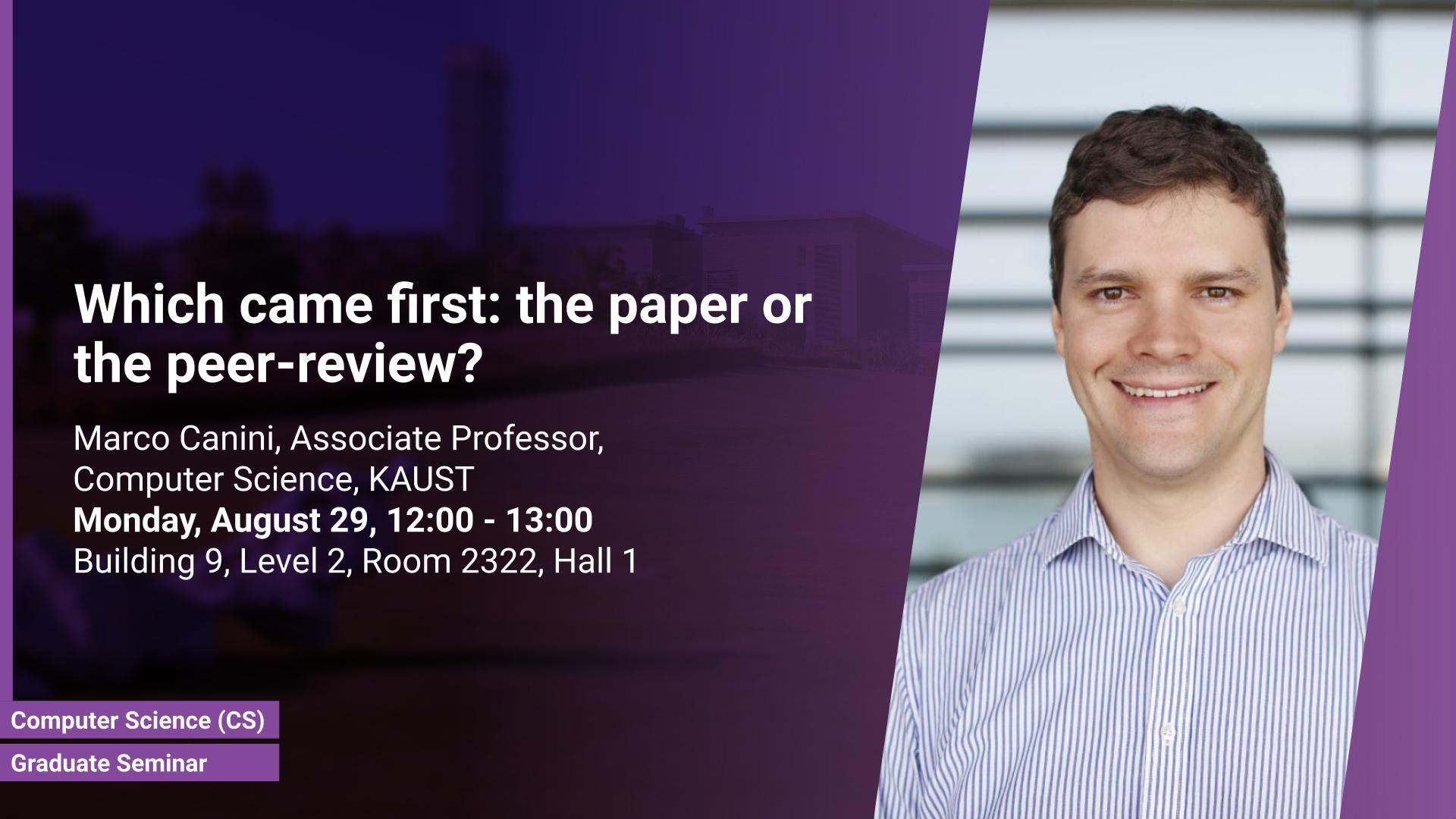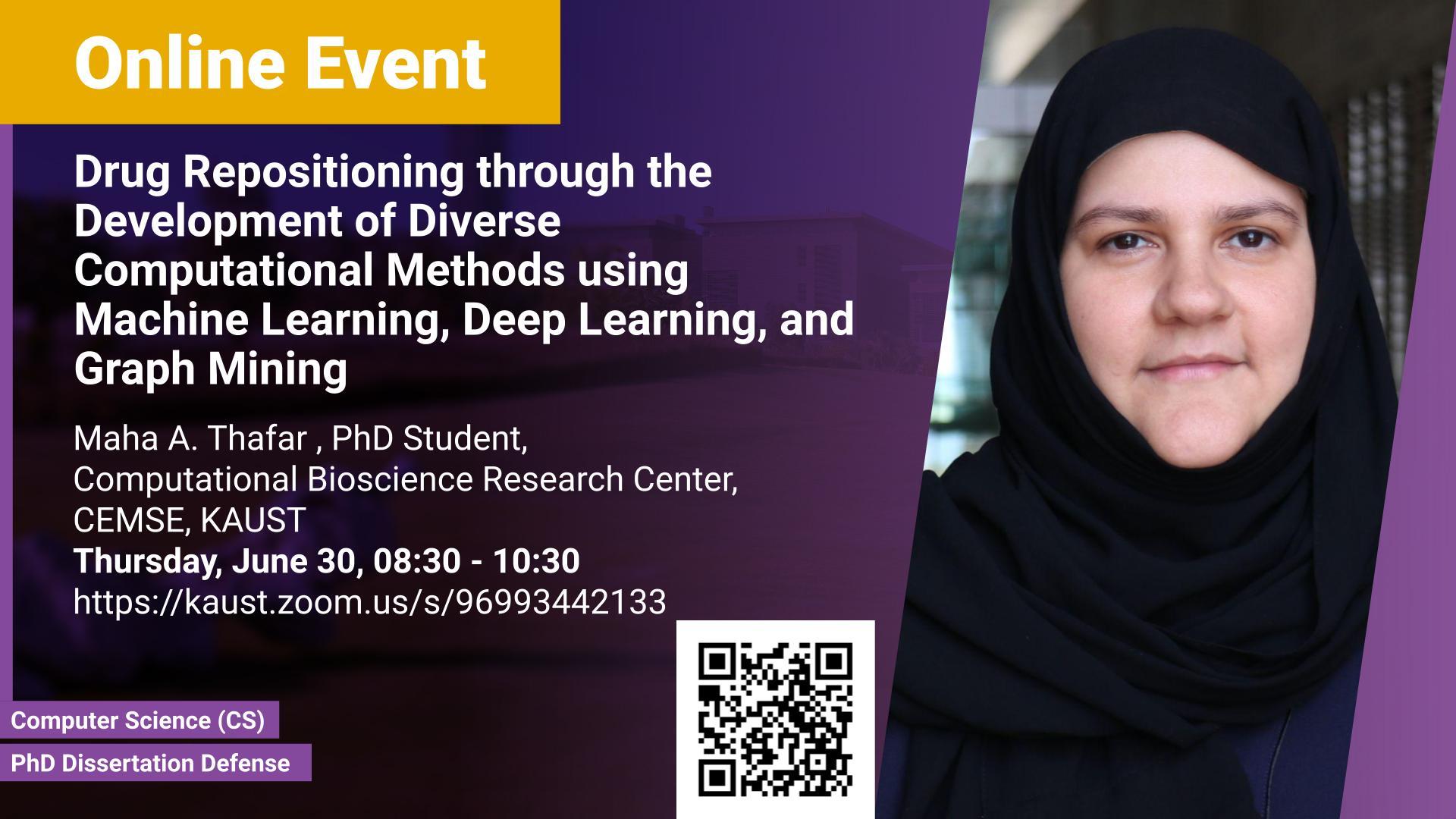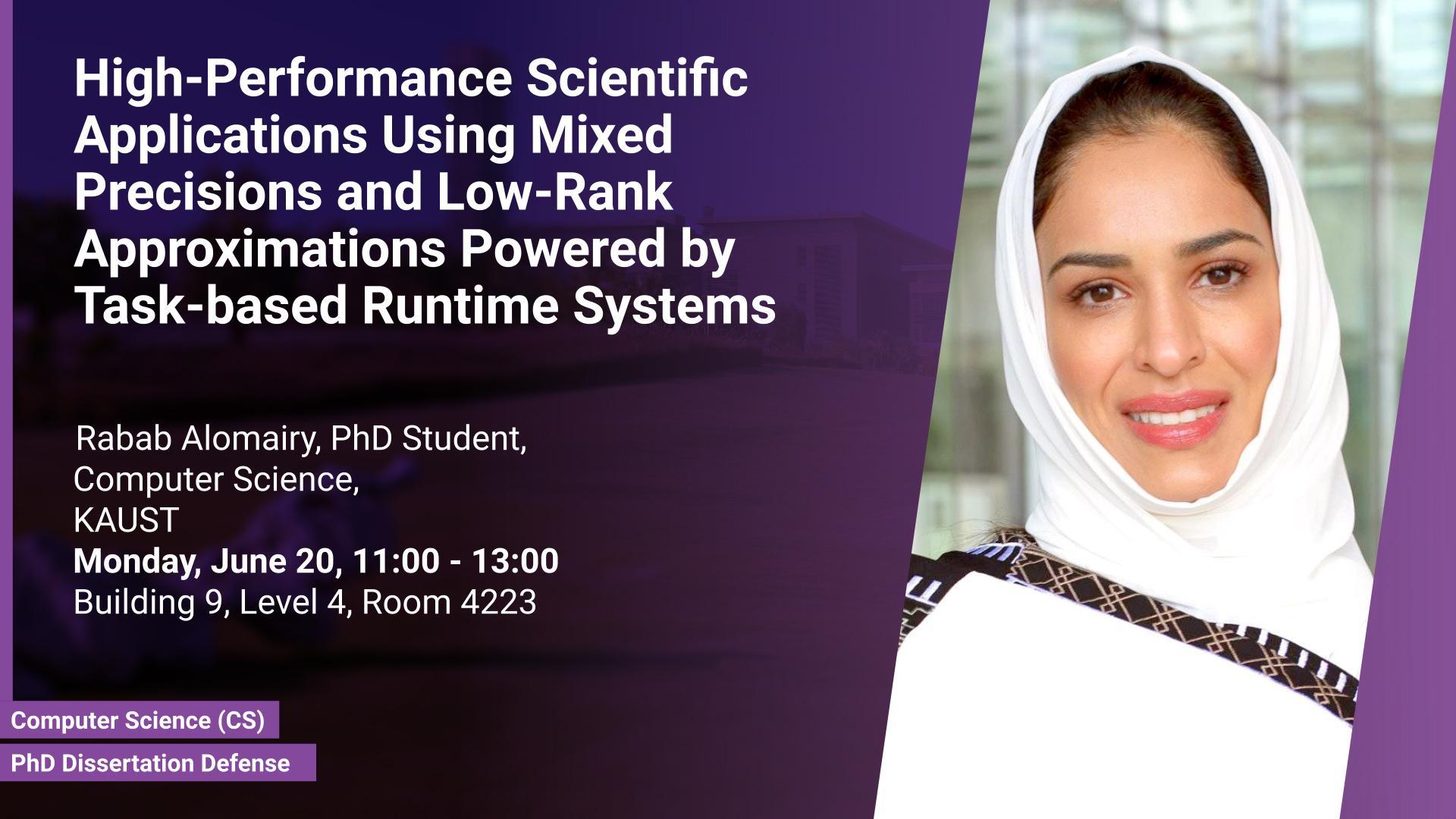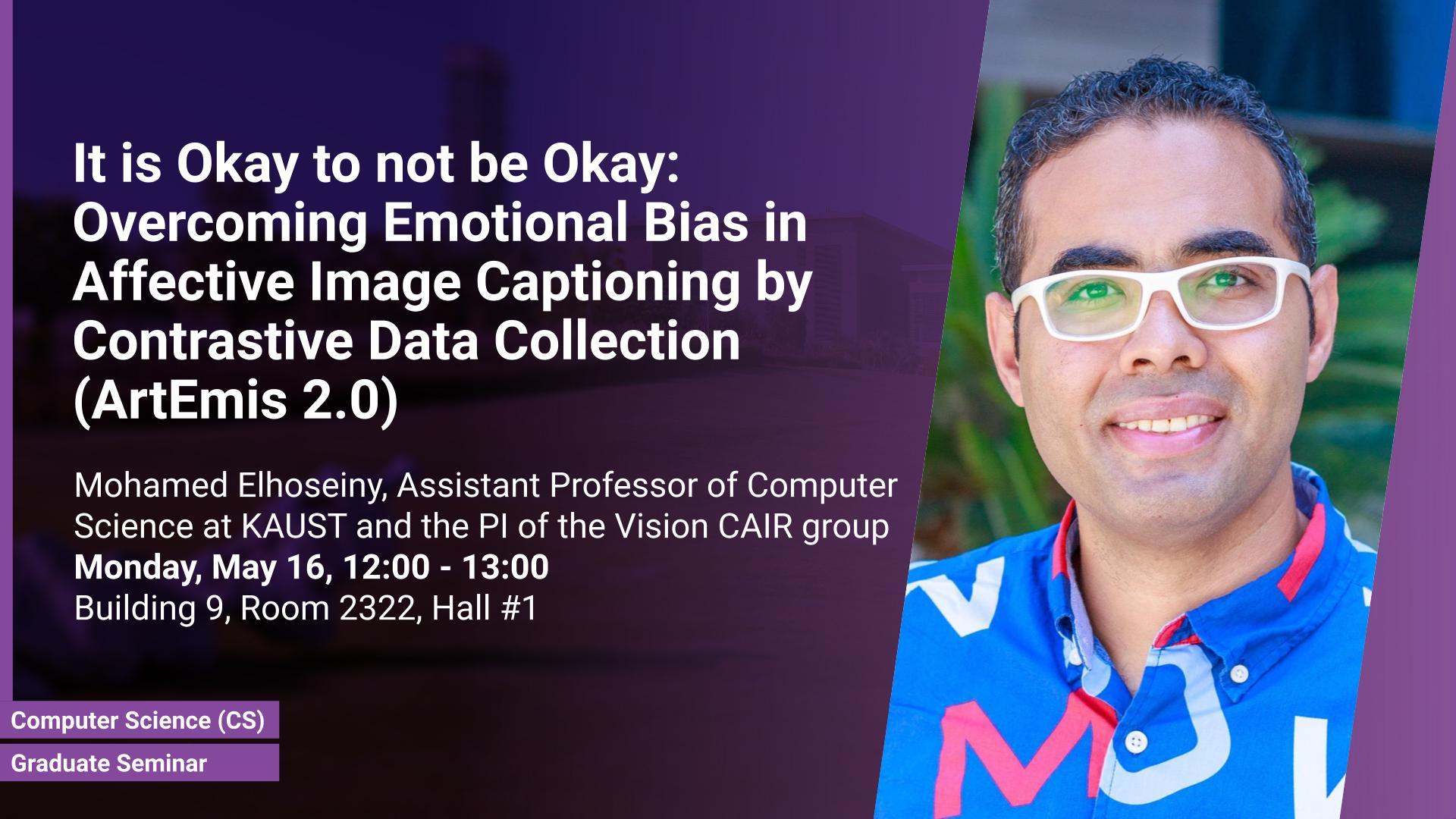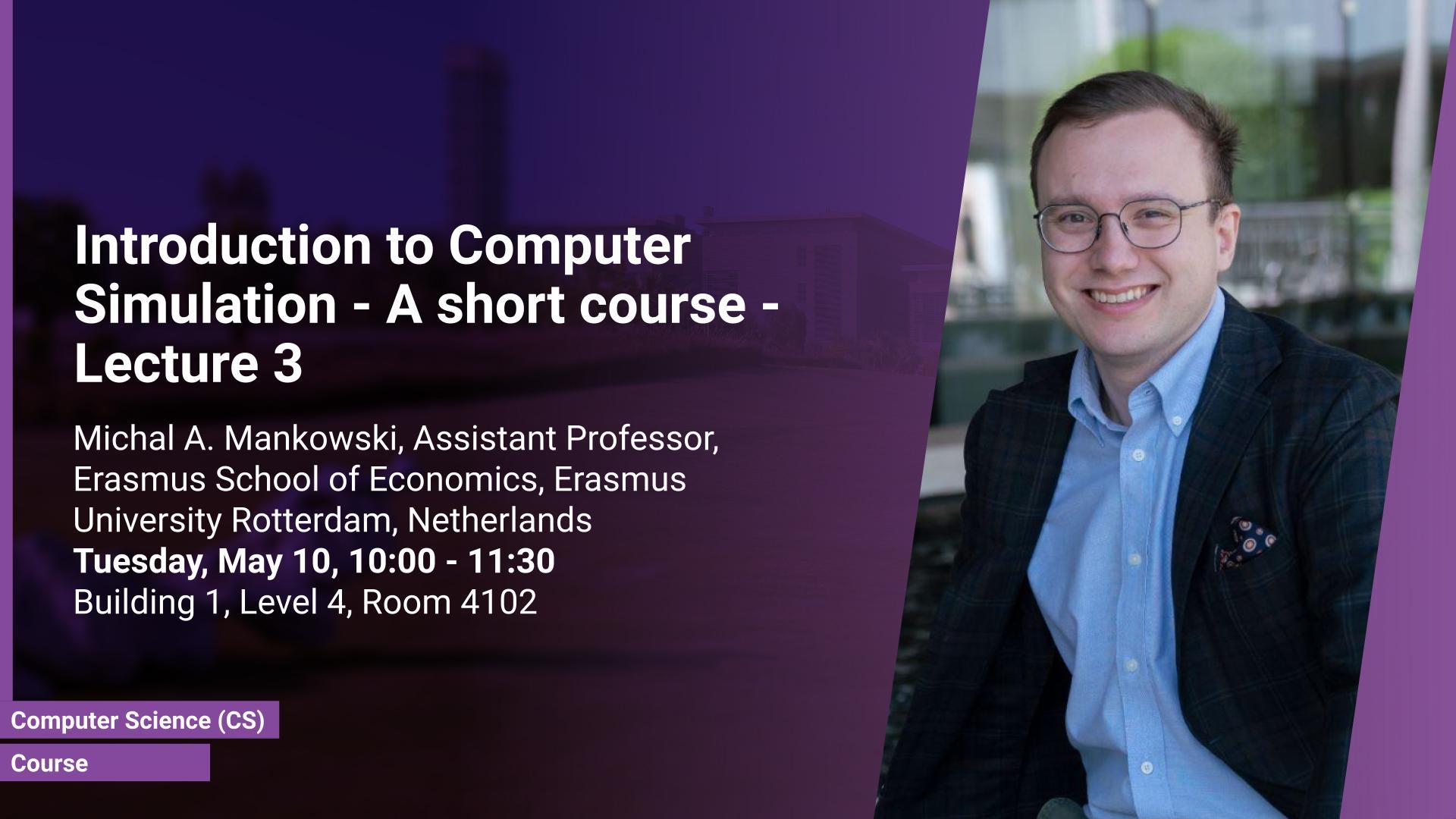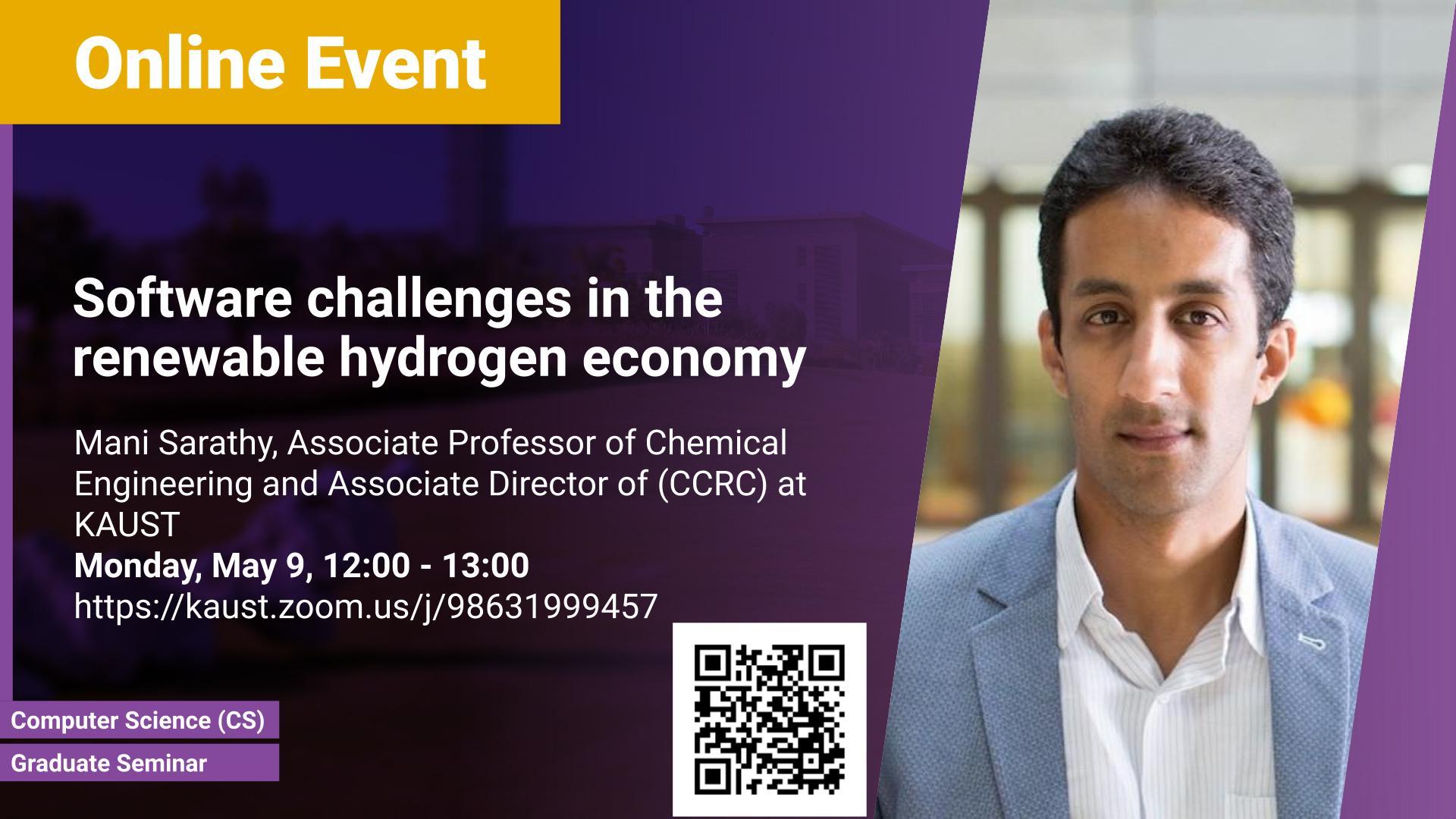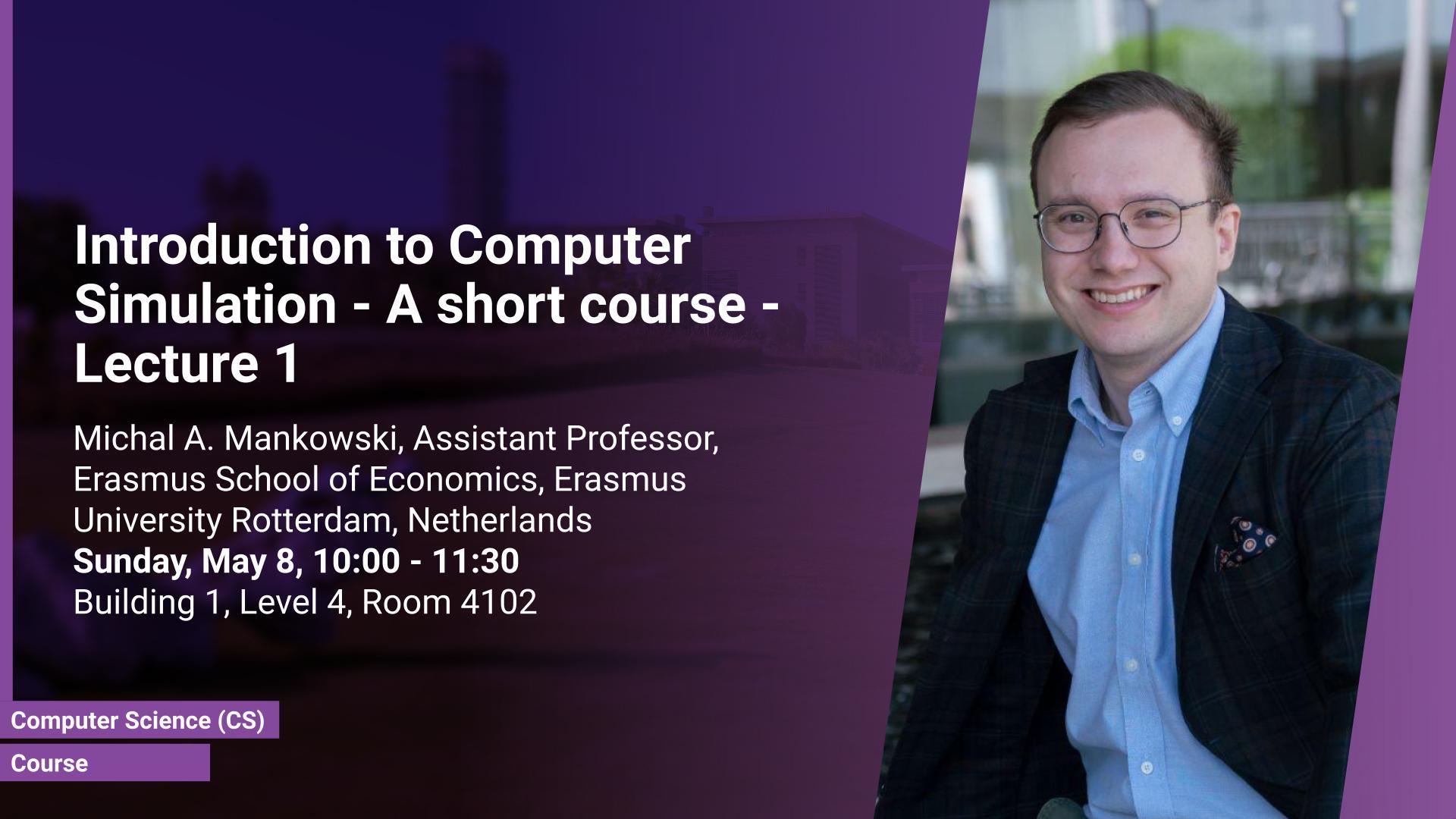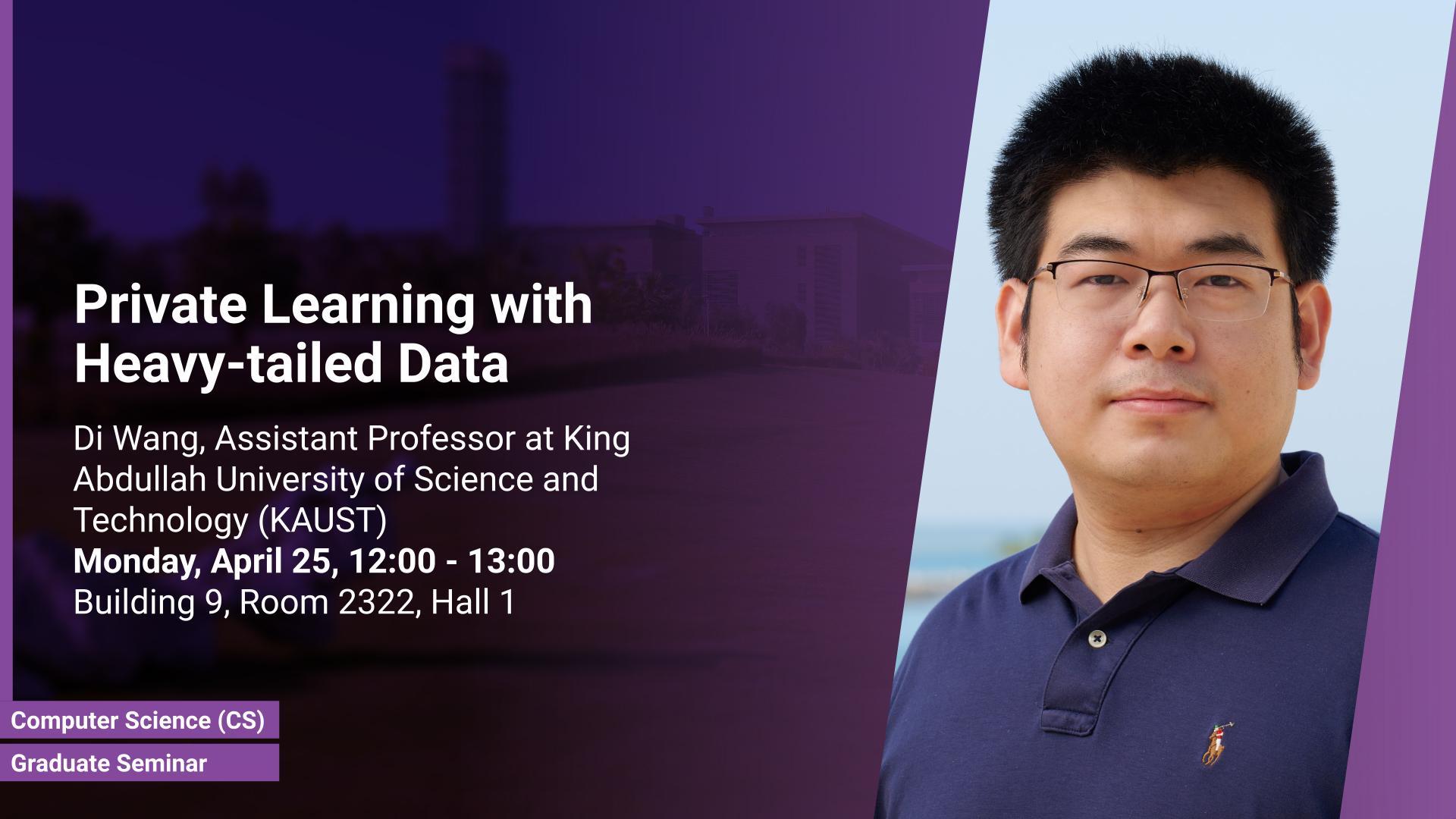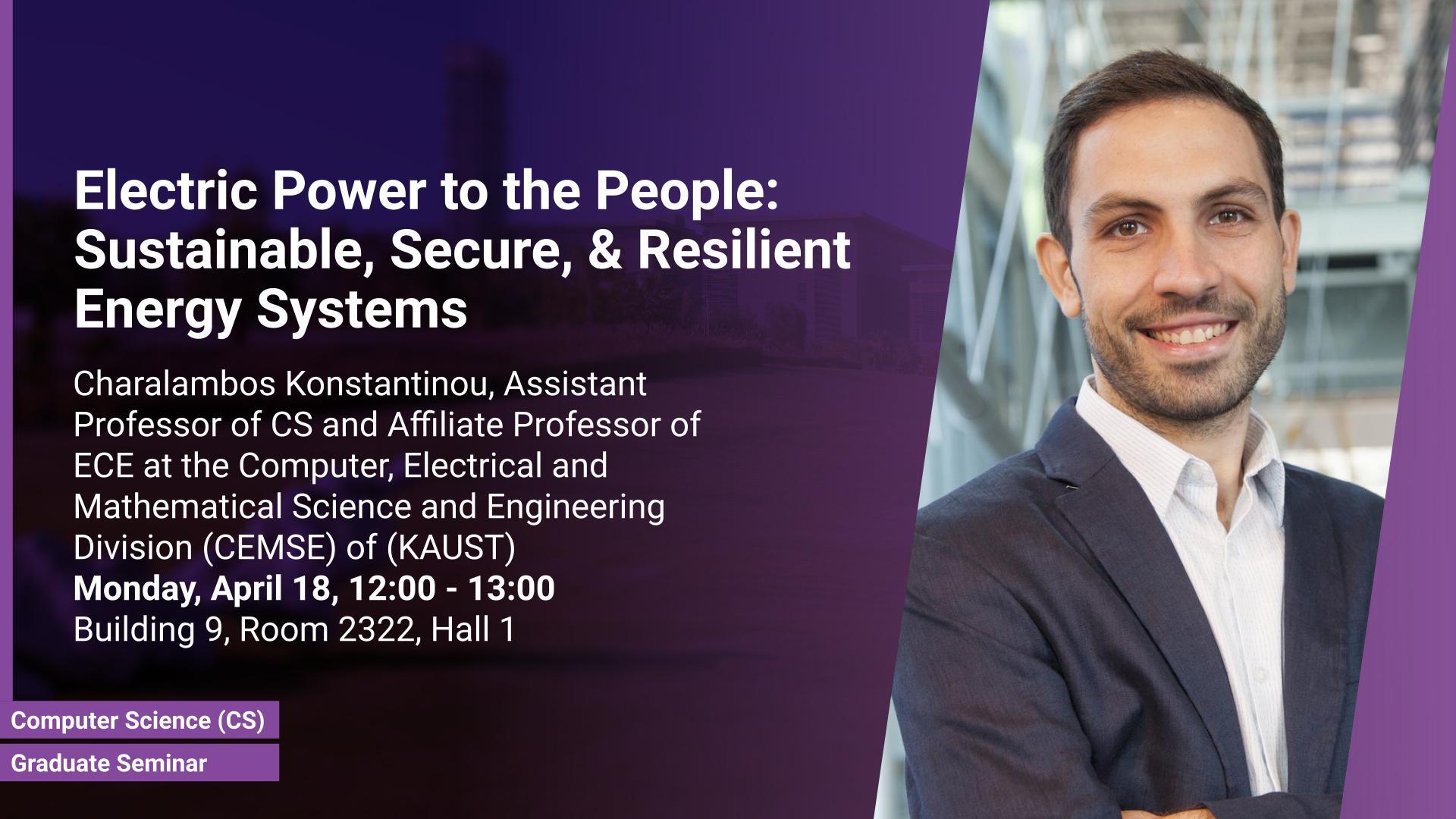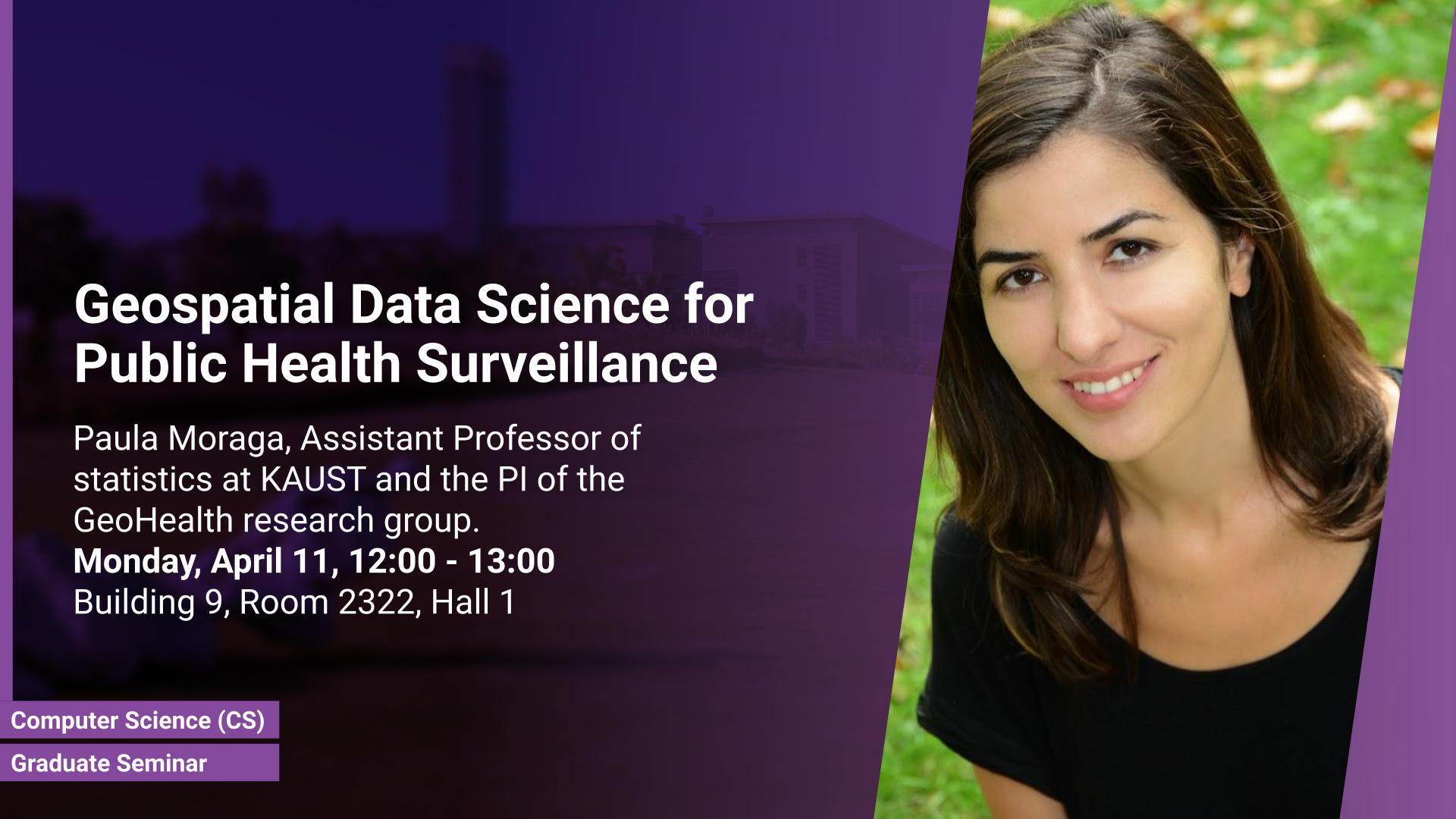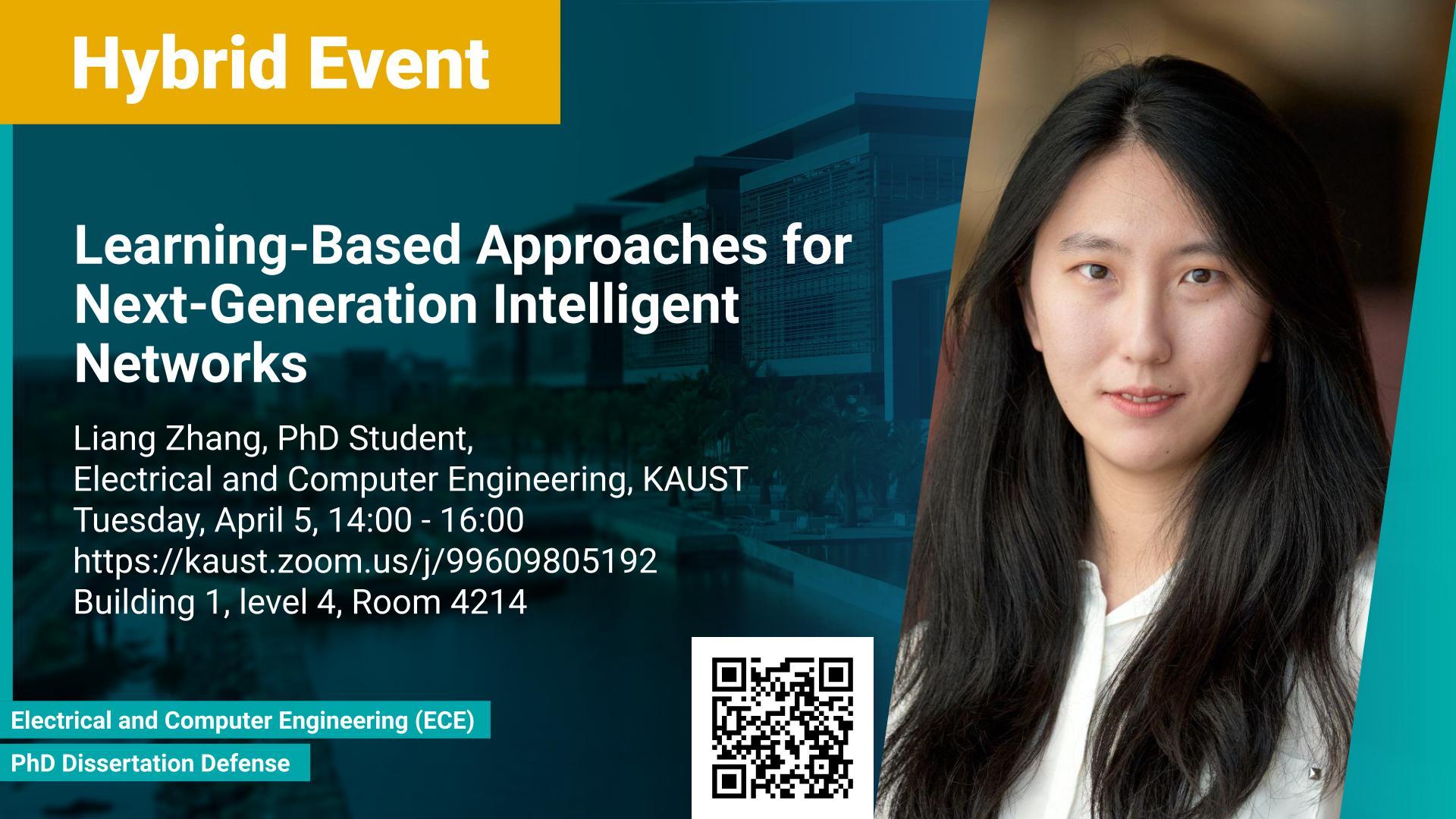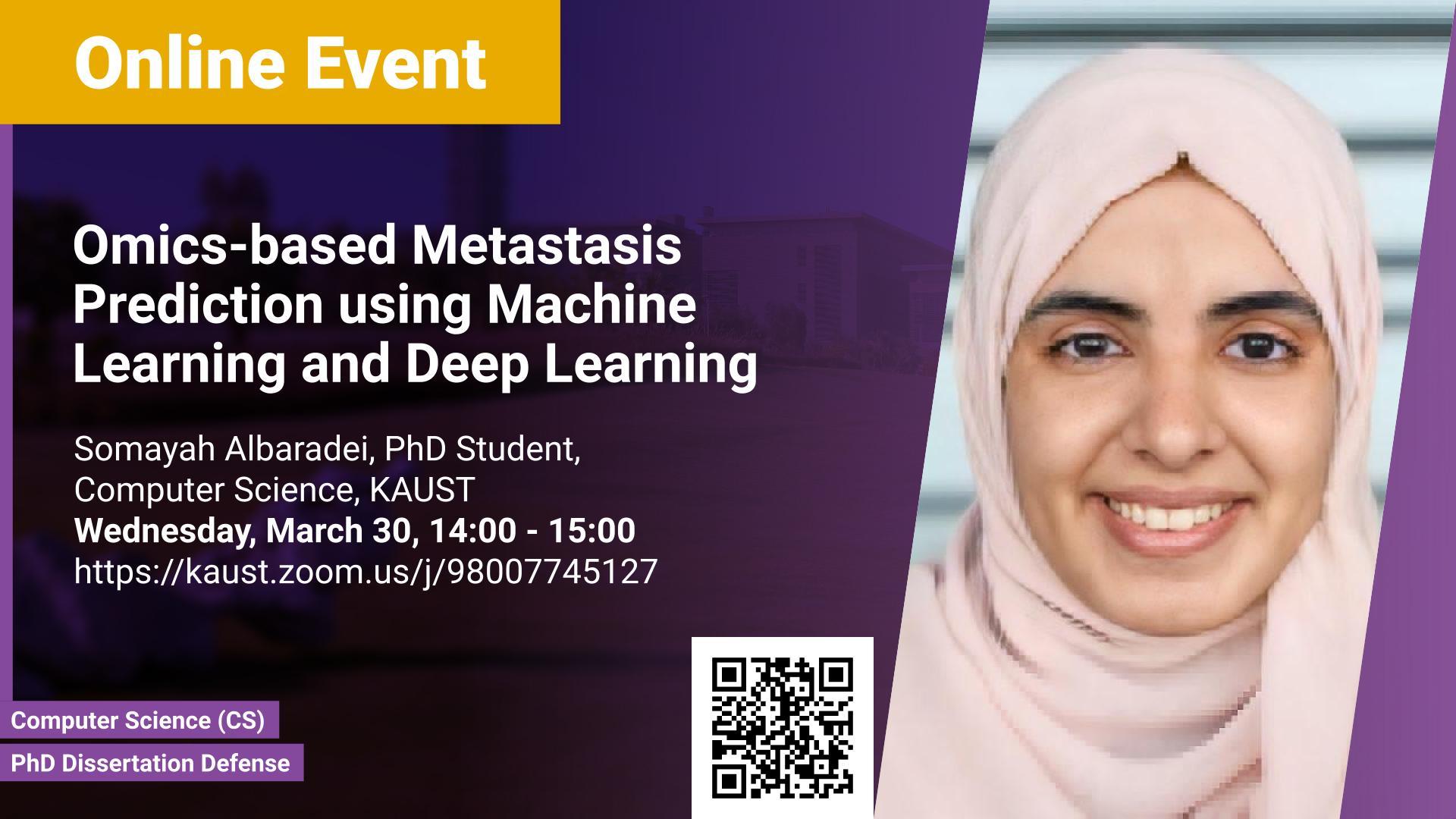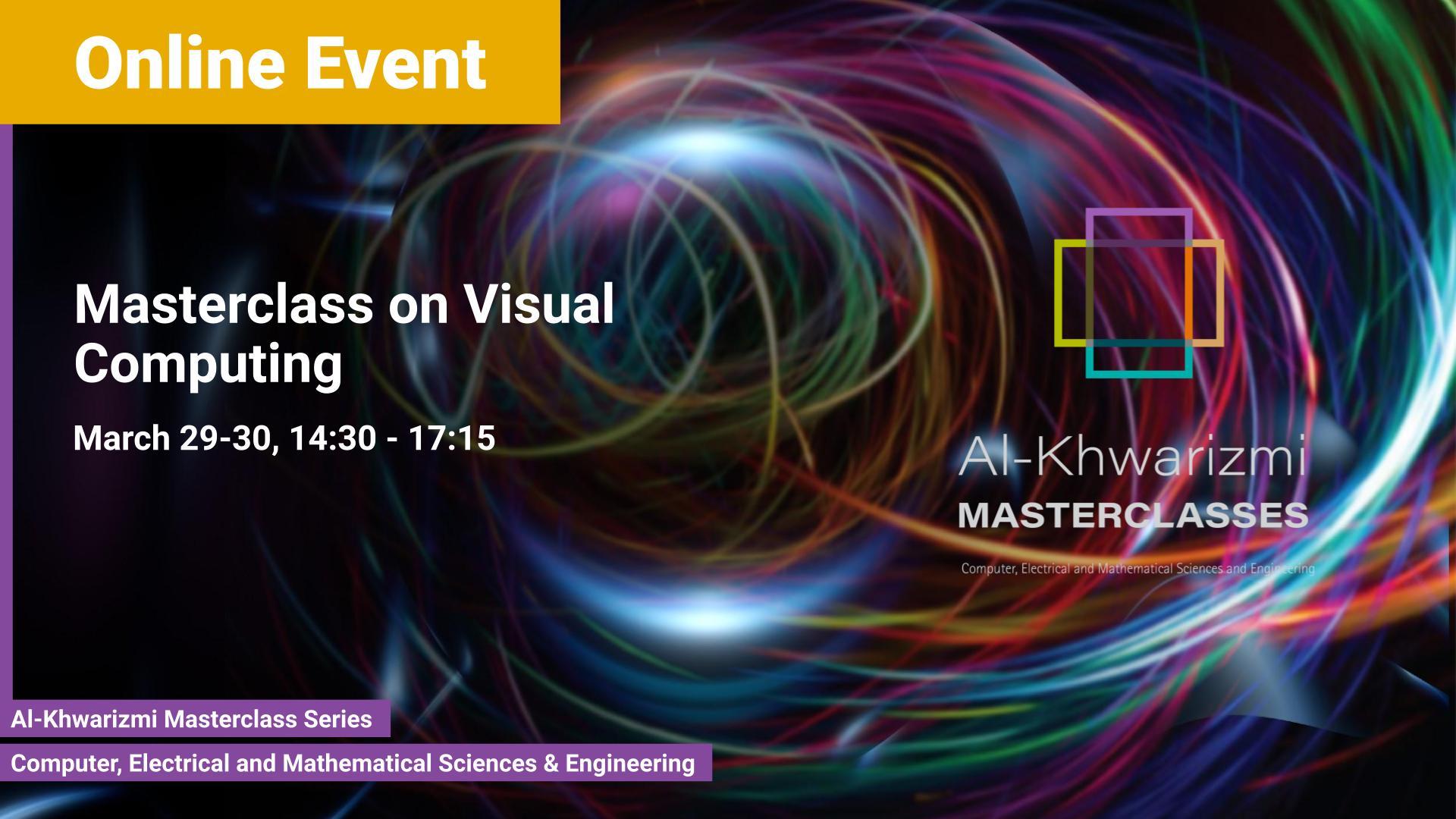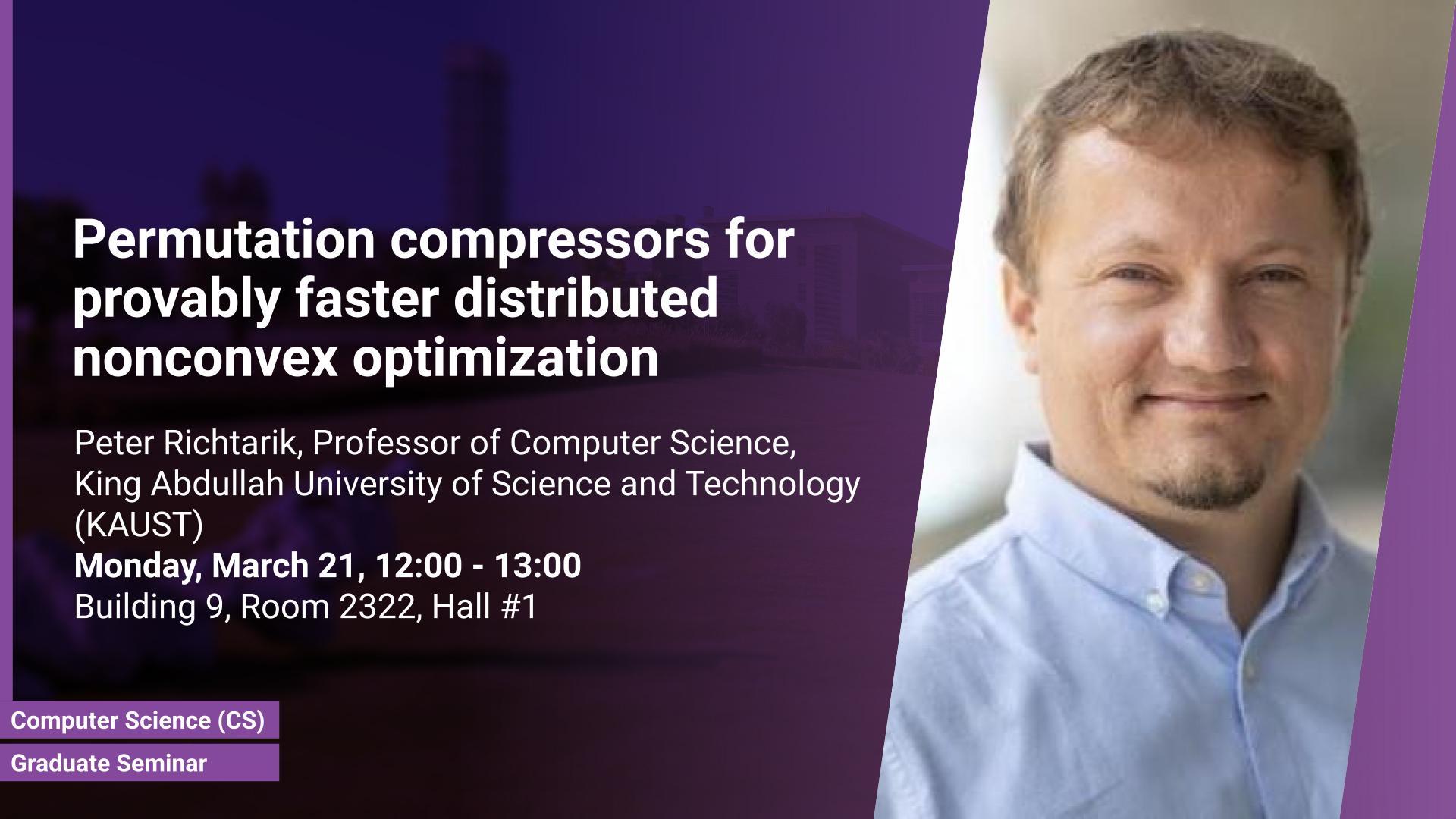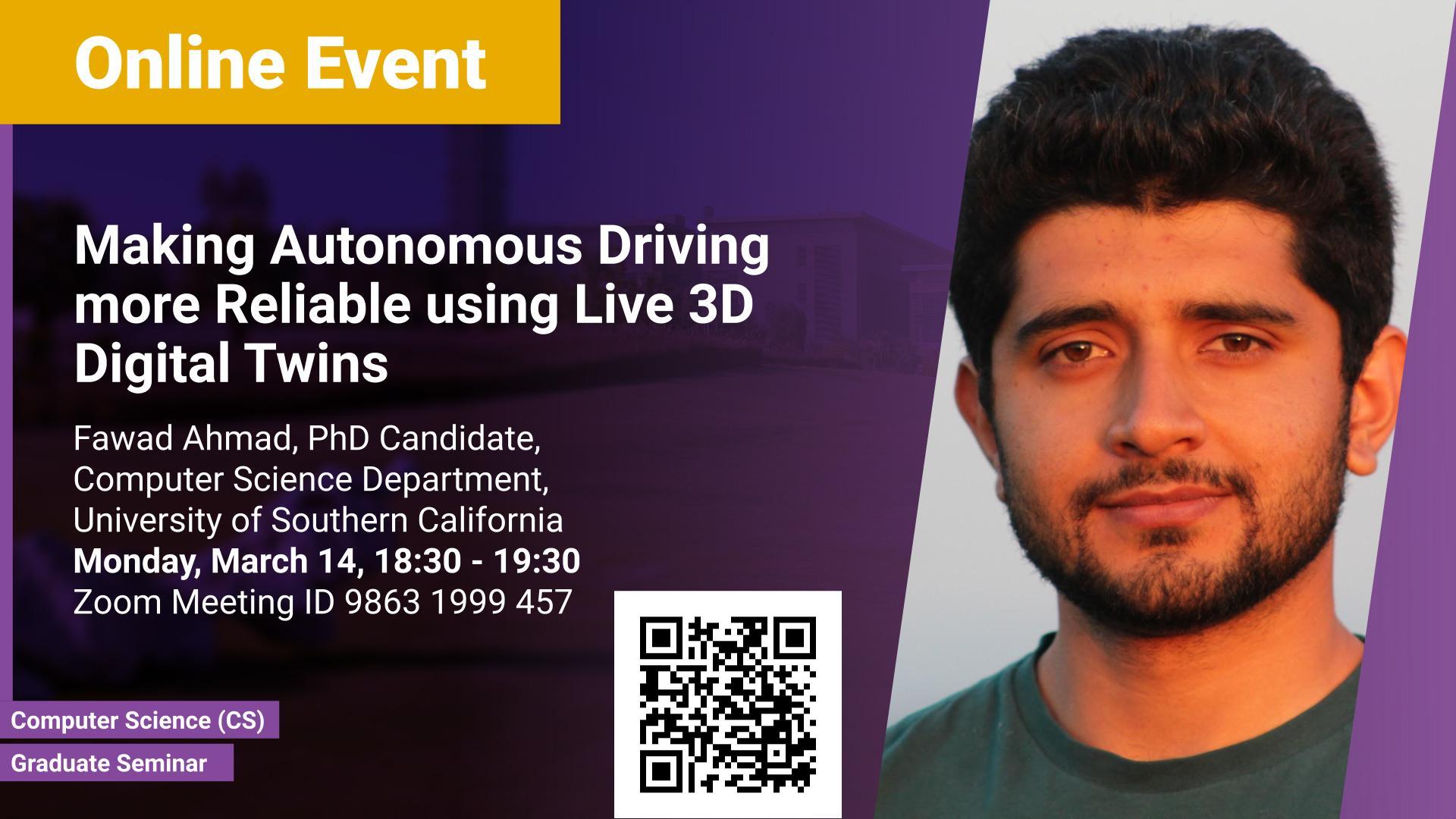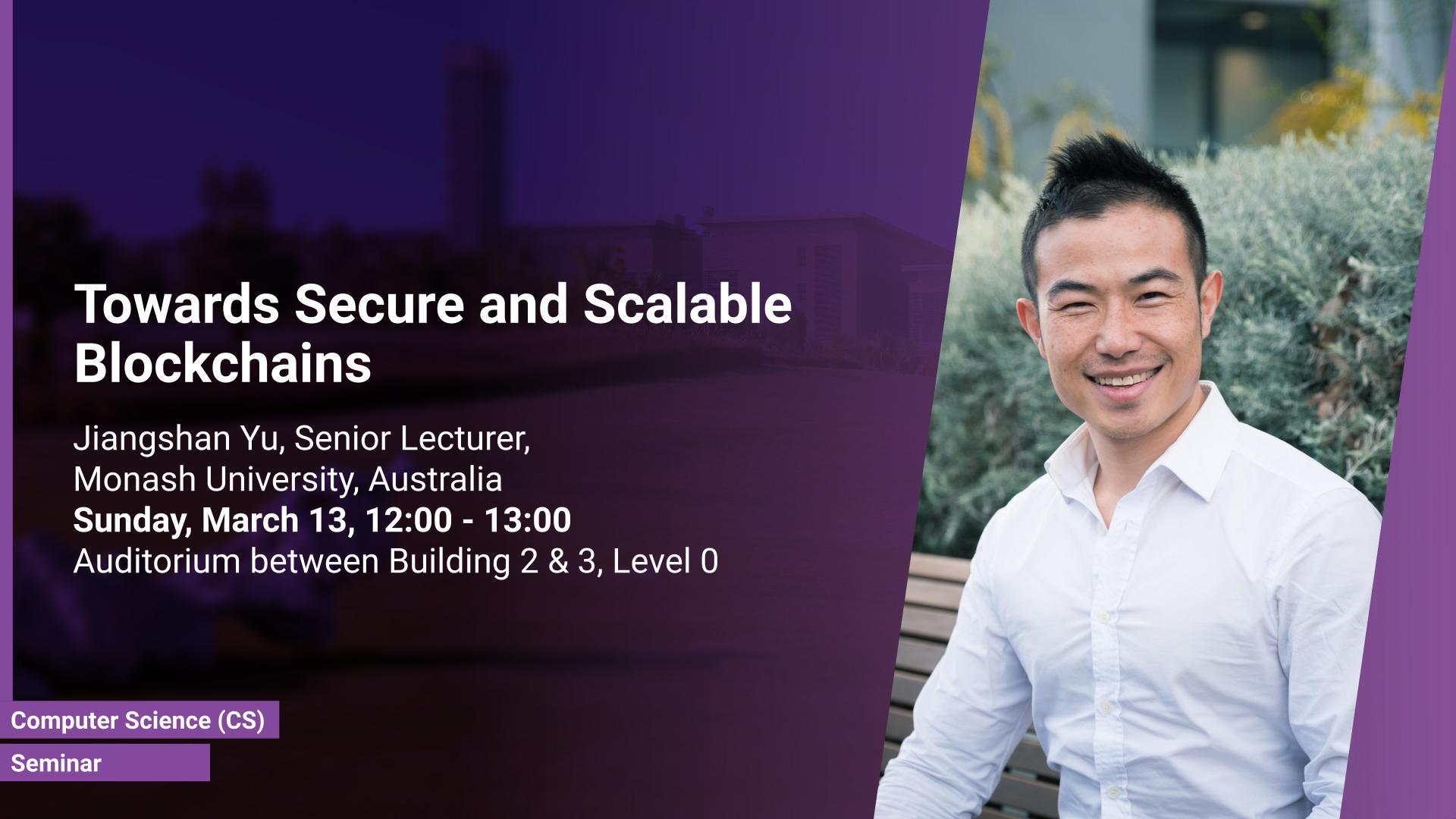Dominik Michels, Helmut Pottmann, Ivan Viola, Peter Wonka, Soeren Pirk, Wolfgang Heidrich
Tuesday, March 29, 2022, 14:30
- 17:15
KAUST
Visual Computing has become a key enabling technology for a diverse set of applications spanning scientific discovery, digital services, medicine, robotics, consumer electronics, and entertainment, to name just a few. The research community tackles problems in this vast space by drawing from expertise in multiple disciplines, including Computer Science, Electrical Engineering, and Mathematics. The KAUST Masterclass on Visual Computing highlights a selection of cutting-edge academic research within this field by comprising a series of talks focusing on different topics ranging from Computational Architecture and Fabrication, Deep Optics, and Generative Modeling, to Nanovisualization, Physics-based simulation, and Representation Learning.
